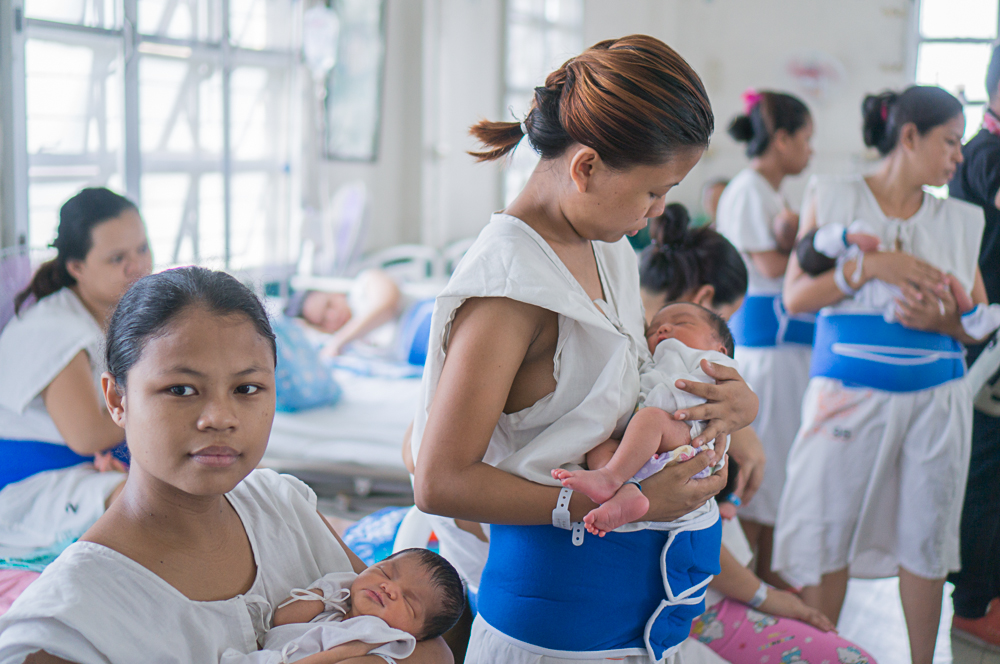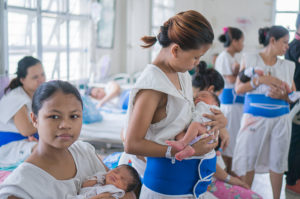
02 Nov Pregnancy and Choice
 Whether or not one is “pro-life” or “pro-choice,” can we all agree that pregnancy changes a person’s life? It does, doesn’t it?
Whether or not one is “pro-life” or “pro-choice,” can we all agree that pregnancy changes a person’s life? It does, doesn’t it?
Cari Neirenberg, in her article “Body Changes During Pregnancy,” interviews Kim Trout, a certified nurse midwife and an assistant professor of women’s health at the University of Pennsylvania School of Nursing in Philadelphia.
In the article, Trout provides an overview of what happens to a woman’s body when she is pregnant.
When pregnant, a woman’s body changes. Her belly expands and she gains weight. Her breast size may increase. She may experience morning sickness and backaches. These are some of the common changes. However, other physical changes can occur. For one, varicose veins may develop in the genital area.
Trout says, “Women may expect varicose veins in their legs during pregnancy, but veins near the vagina and vulva can also become swollen and pop out usually in the third trimester.”
And that’s just the physical changes. Women also undergo psychological changes. All these changes make it more difficult for a woman to perform her work duties, and may also interrupt her studies, if she were studying.
Furthermore, the cost of a pregnancy is nothing to scoff at. Every pregnancy, delivery, and, of course, the process of raising a child, comes at a significant financial cost that require plenty of preparation and sacrifice.
Given the physical, emotional, and financial burdens a pregnant woman would carry, can we all agree that the choice regarding pregnancy should be in the hands of the woman?
The obvious answer is, “yes.”
Here’s another question: “Is this always the case? Has every pregnant woman decided to be pregnant?”
The answer is, “no.”
Diane G. Mendoza’s article, “‘Baby factory’ relocates but still with grim pregnancies,” provides a quick glimpse on the status of reproductive health and reproductive choice in the Philippines.
In the article, there is a story about a 14-year-old girl, whose pregnancy was a result of rape by her father and older brother. Another girl, a 12-year-old, was pregnant because she was raped by three male relatives – her father, older brother, and an uncle.
The truth is not every pregnancy comes as the result of a choice. Women do get raped, and sometimes, pregnancies are borne from these crimes.
Not only do these women have to recover from the trauma of a sexual assault, they also have to endure a drastic lifestyle change to accommodate the pregnancy they didn’t choose. Apart from suffering from the physical and emotional scars endured from a rape, they are also forced, by the government that denies safe and legal abortion, to endure the financial consequences of a pregnancy they are forced to undergo.
In other words, they have to pay for the penalty of a forced pregnancy, after they were raped.
As Mendoza says in her article, “The stark truths remain, however, of girls too young to be pregnant, women carrying another unintended pregnancy despite already having too many children they could no longer afford or care for, and the appalling stories the women and girls bring with them, such as pregnancies borne from rape. Many young patients have no clue as to what awaits them and are lacking in preparations for a life ahead as they are rushed into parenthood.”
This is exactly why we need safe and legal abortion.
We need a way to alleviate the stress and suffering of people who are not prepared for a pregnancy, who did not choose a pregnancy, and especially those who did not consent to a pregnancy.
No civilized society should deny the availability of this choice.
For more resources on abortion please visit: EnGendeRight’s Policy Briefs and Fact Sheets
Sources:
Mendoza, D. (2017, May). “‘Baby factory’ relocates but still with grim pregnancies.” Women Writing Women. Retrieved on: October 26, 2017.
Neirenberg, C. (2015, May). “Body Changes During Pregnancy.” Live Science. Retrieved on: October 26, 2017.
